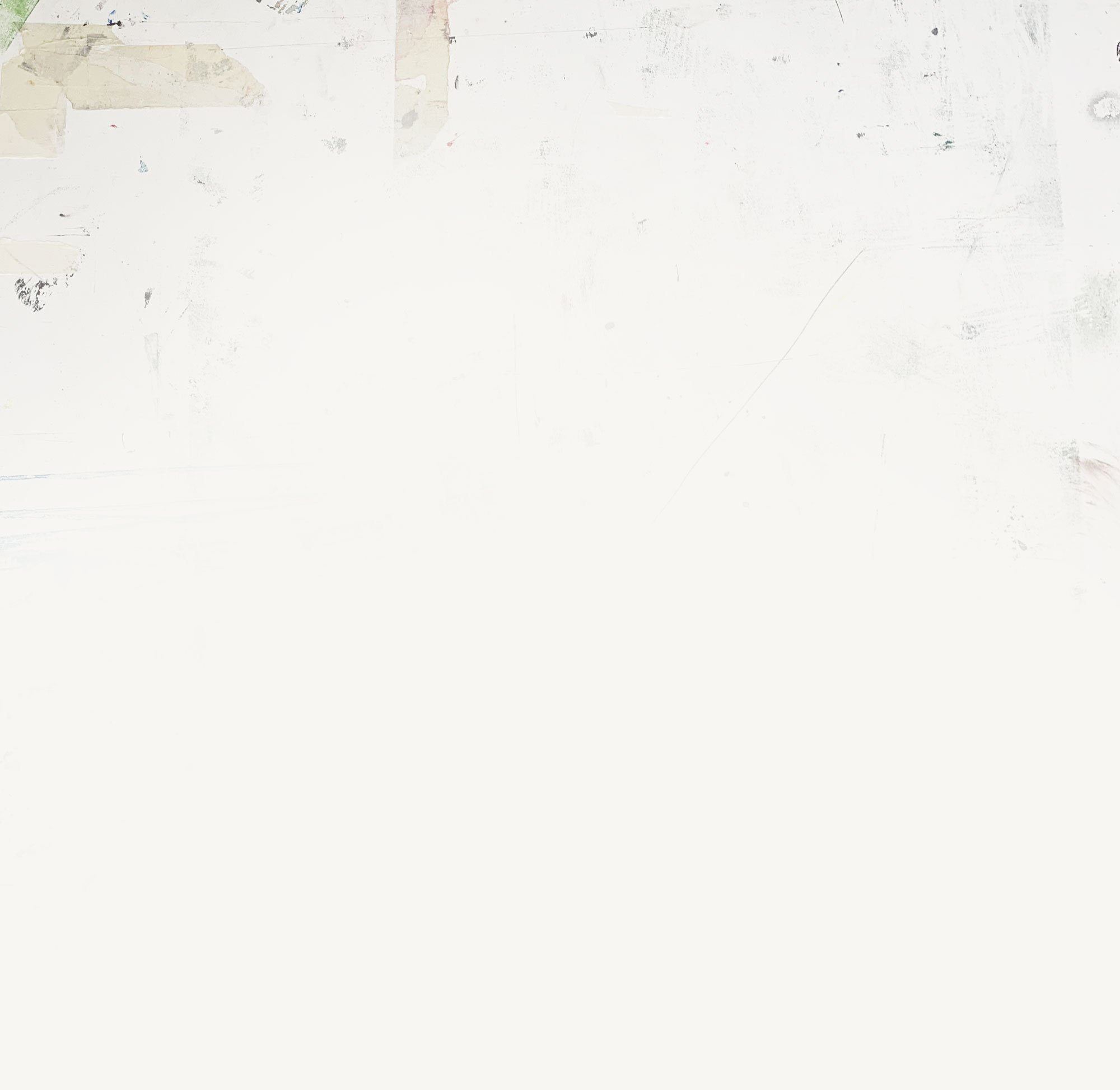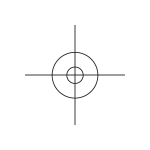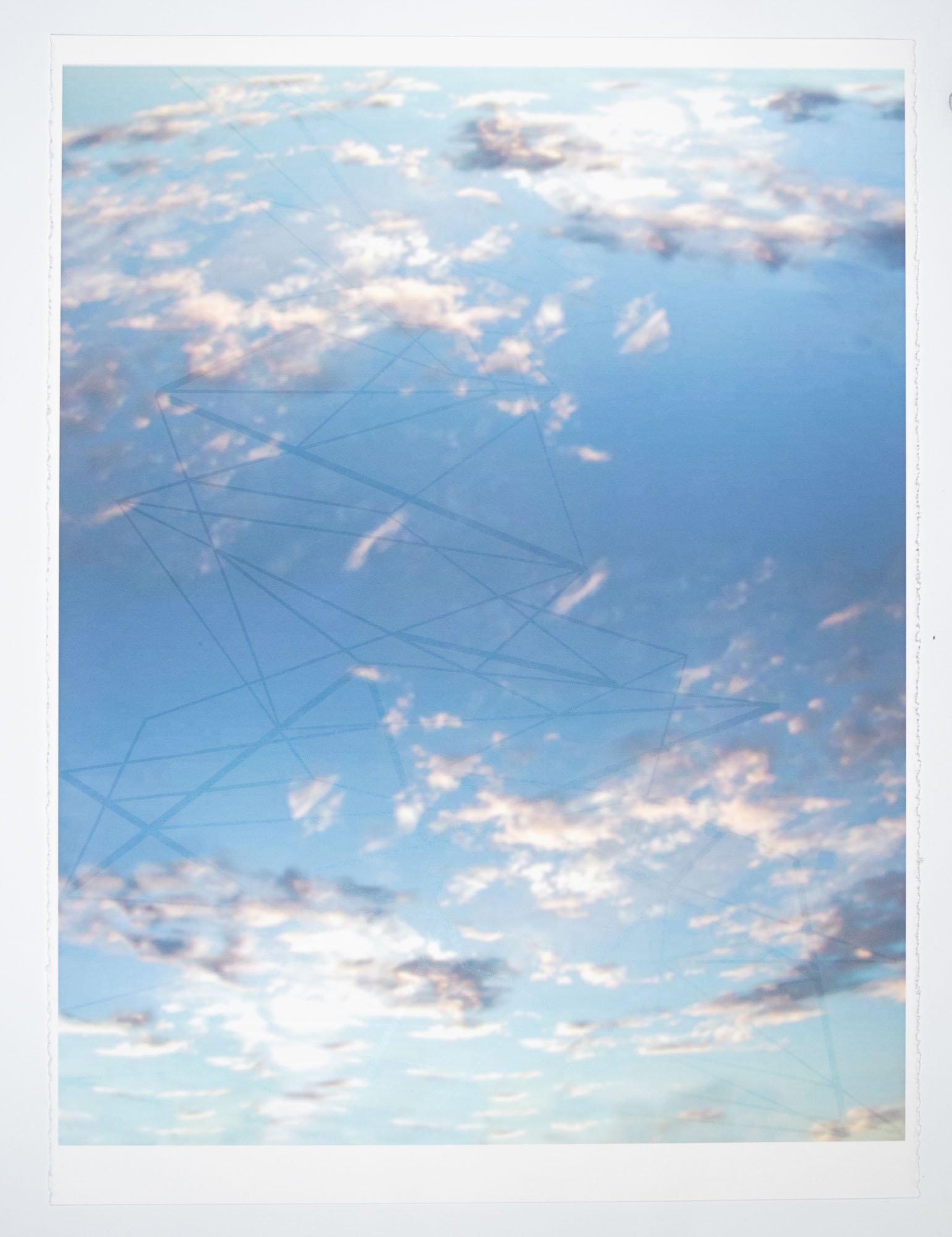
2006
Clayton Merrell
About the Project
Artists Image Resource worked with Clayton Merrell in 2006 creating a series of prints that incorporated digital printing techniques, screenprinting and hand drawn and painted imagery.
Multiple photogrpahs taken by Clayton were printed as archival pigment prints from an Epson Inkjet printer.
These prints were then worked back in to by the artist with pastel crayons and paint. Each image is a unique creation. A small screenprinted edition was created of one of the works.
Printers
Primary printers on the project were Ian Short, Robert Beckman Bill Rodgers and Matthew Forrest. All hand work was done by Clayton Merrell.
About Clayton Merrell
Clayton Merrell grew up in Pittsburgh, PA, and Puerto Ordaz, Venezuela. He studied painting and printmaking at the Yale School of Art, where he earned an MFA in 1995. He was awarded a Fulbright Grant for research and creative work in Oaxaca, Mexico in 1996–1997.
His work is exhibited widely, with recent exhibitions at: Slow Gallery, Chicago; the Smithsonian National Air and Space Museum, Washington DC; Concept Gallery, Pittsburgh PA; the A+D Gallery, Chicago; the Westmoreland Museum of Art, and the Chautauqua Institution, Chautauqua NY. His work is in the collections of the American Embassy in Belmopan, Belize, the Smithsonian Museum, the Anderson Museum of Contemporary Art, the U.S. Department of the Interior, and numerous private and corporate collections.
He has received awards and grants from the Virginia Center for the Creative Arts, Skowhegan, The Millay Colony for the Arts, the Blue Mountain Center, the Vermont Studio Center, Artists Image Resource, and the Center for the Arts in Society.
In 2015, the Pittsburgh International Airport completed construction of a 69,000 square foot terrazzo floor image based on his design.
He is currently the Dorothy L. Stubnitz Professor of Art at Carnegie Mellon University.
Artist Statement
My recent work complicates the old idea of the natural sublime with the recognition of new kind of entanglement between mankind and nature. Recently, we have recognized the arrival of a new era in the relationship between humans and the world we inhabit. The older notion of the sublime as an experience whereby we encounter the terrifying beauty of the natural world and are forced to acknowledge our own insignificance has given way, on a planetary scale, to a more complicated scenario in which we confront each terrifying new natural disaster with the nagging sense that we are somehow to blame. We consider now that our actions have perhaps so altered the natural order that every hurricane, mudslide and earthquake might be partially traceable to human actions.
As a culture, we expect the land to inexhaustibly yield up material resources while simultaneously embodying immaterial ideals and spiritual aspirations. We demand that the land make room for all of our desires and uses, but continue to expect that it remain exquisitely pure, beautiful and untrammeled, so that we can turn to it for rejuvenation and spiritual sustenance. My paintings are equally contradictory. I expect them to be gorgeous and disjointed, direct but confusing, simple but full of complications.
I attempt to push spatial and visual contradictions to a carefully calibrated extreme at which they have the humor of self-conscious awkwardness while still retaining visual integrity and the power of exquisite form. I try to piece together ravishingly luminous and spatially contradictory places from memories of actual geographic locations, images from our shared cultural histories, scientific imagery, news photographs, etc. In the gaps between these modes of representation, I hope to find images that are both beautiful and bewildering.
I also continue to be intrigued by the ways that our visual perception is heavily influenced by psychological and physiological factors. Optical information is messy, imprecise and fraught with contradictions. Often my paintings have been attempts to look straight at this self-contradictory visual experience and enjoy its indeterminacy, duplicity, and oddity. Sometimes this consists of placing the viewer at the center of an uncompromising perspective that bends the world to the curve of vision, simultaneously creating stability and instability, calm and unease, the sensation of flying and of falling. In my work, the earth and sky are often folded in on themselves, bent, split, doubled, shifted, slipped and broken while retaining a basic and crucial unity.






